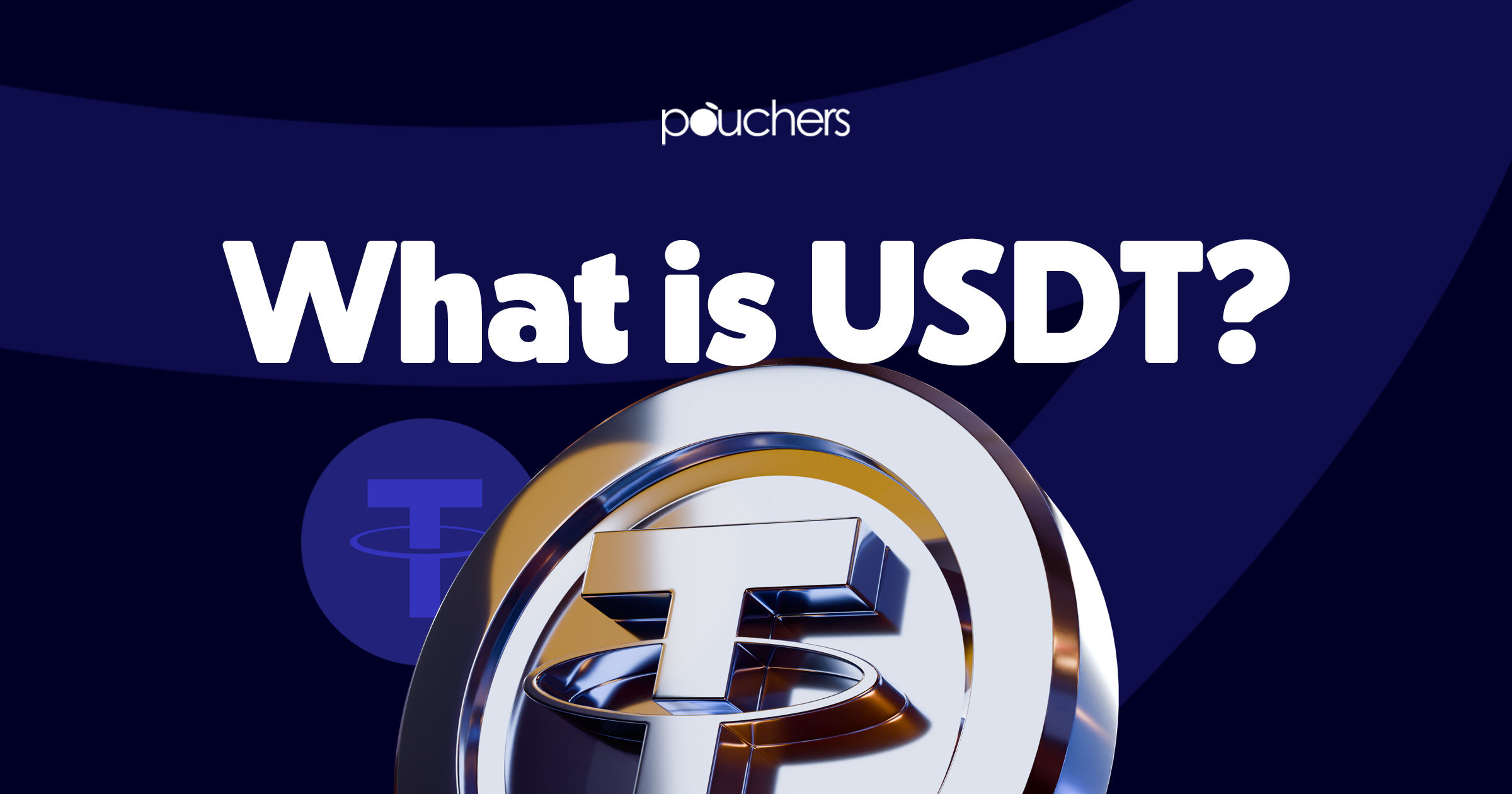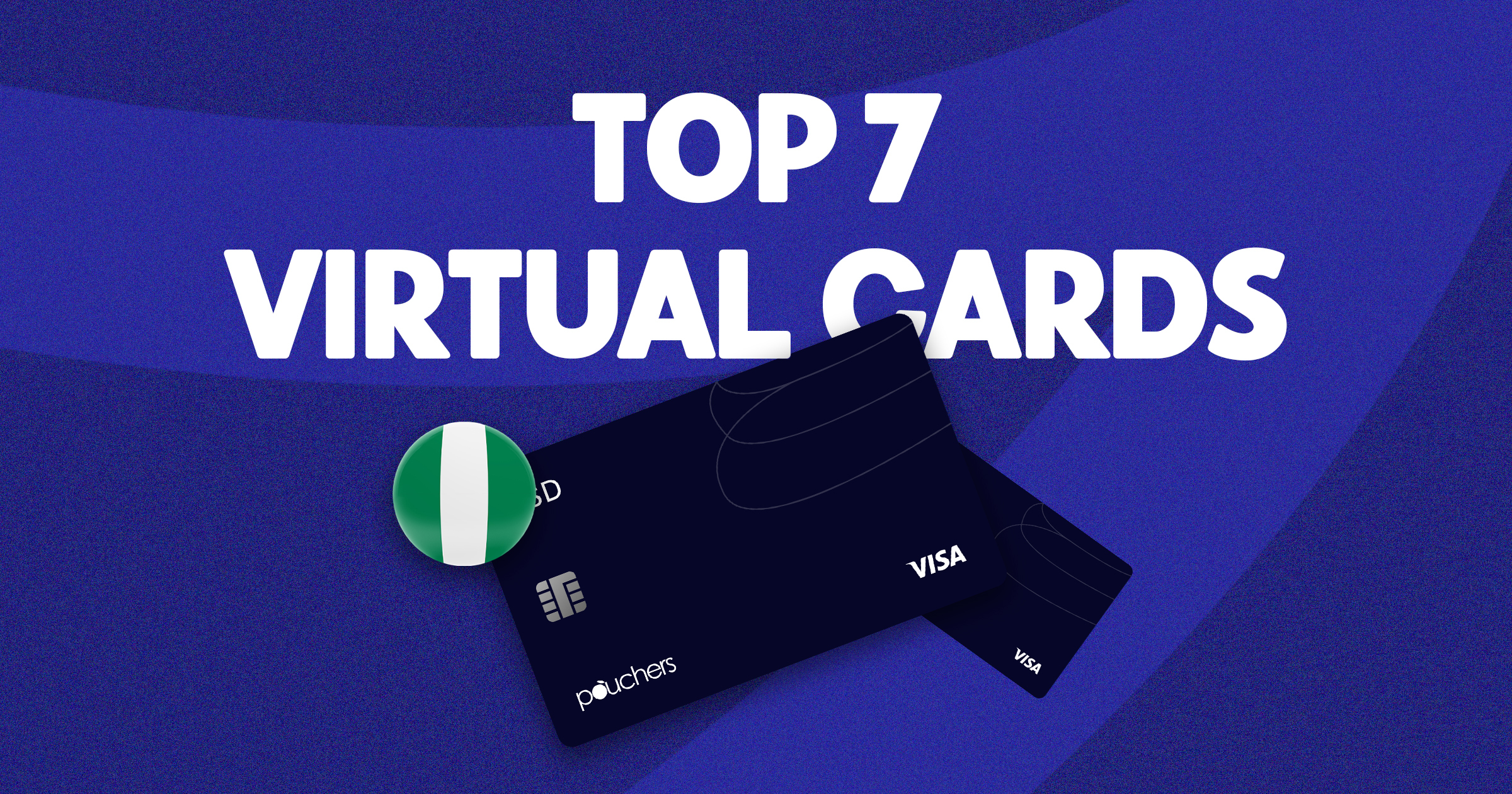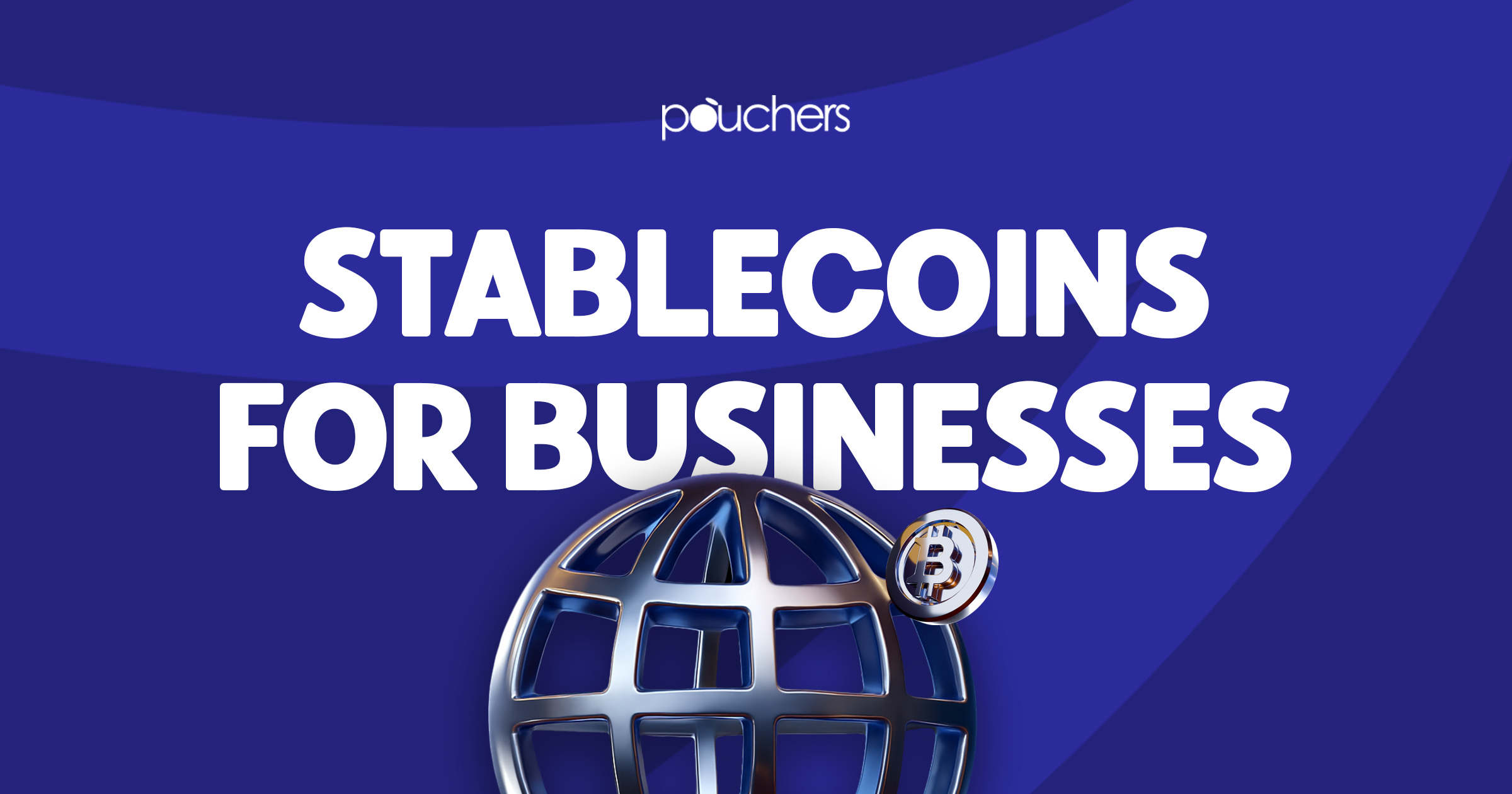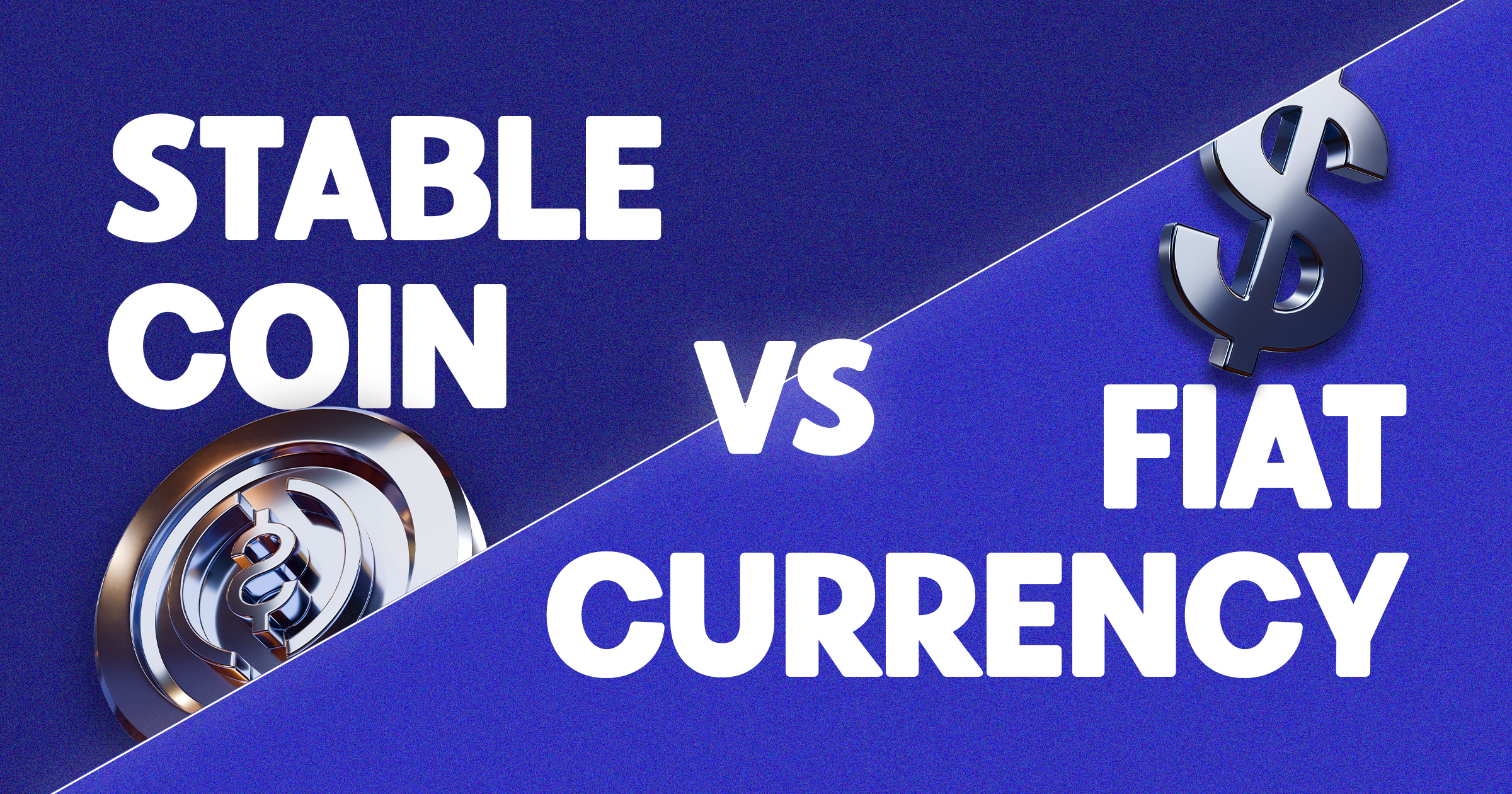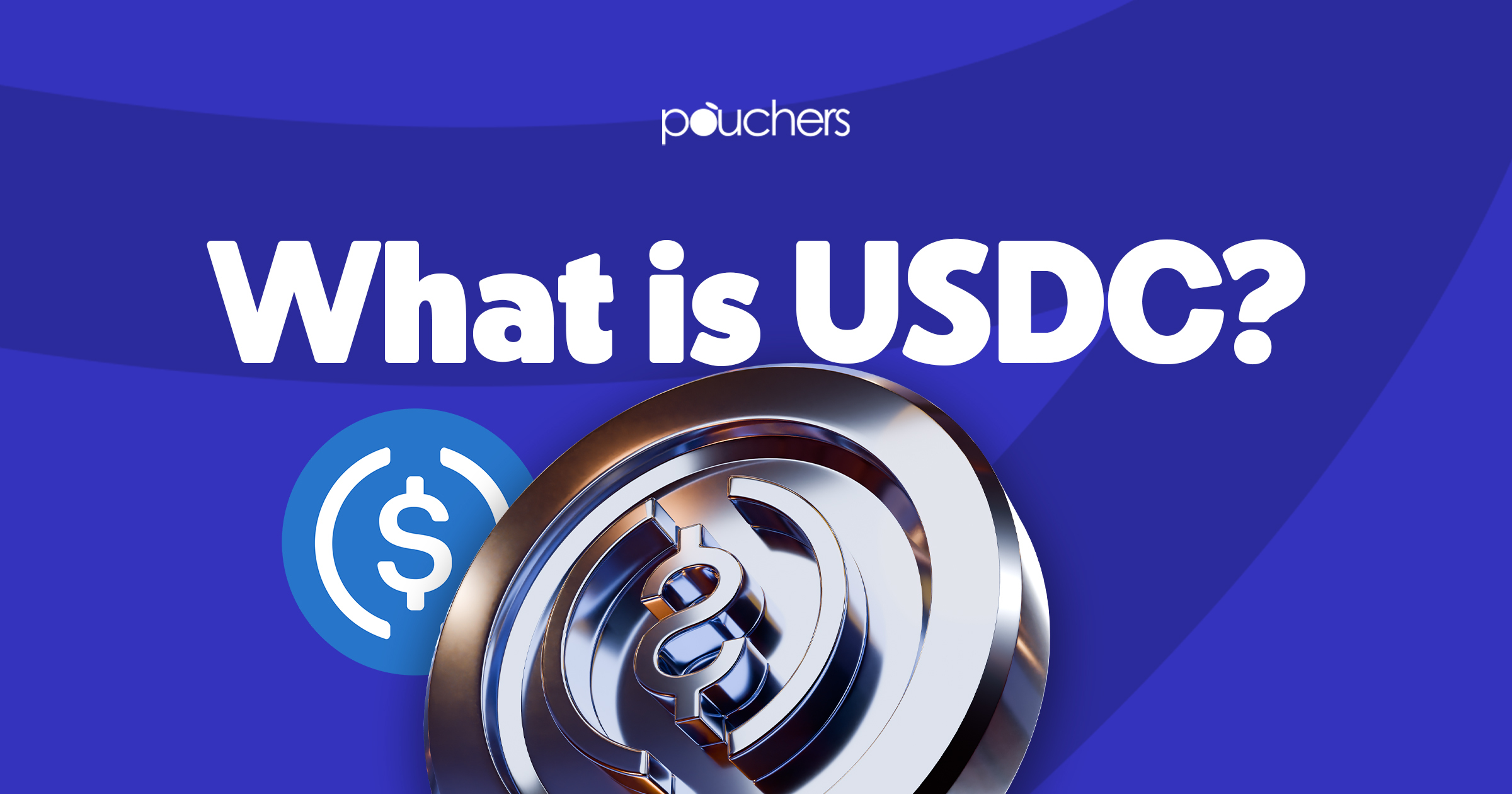The cryptocurrency universe has never been able to shake off one long-standing mystery: volatility. Bitcoin will surge 20% for a day before dropping 15% the next day, wiping out billions within hours. This volatile heartbeat inhibited mainstream adoption, let down institutions, and intimidated retail consumers. The response that occurred was not an alternative coin that wished to replace fiat, but one tethered to it specifically. USDT—Tether—materialized as a digital token of the United States dollar, aiming to combine blockchain speed with fiat stability. USDT accommodates trillions of trading volume now, powering exchanges, settlements, and DeFi communities worldwide.
What is USDT (Tether)?
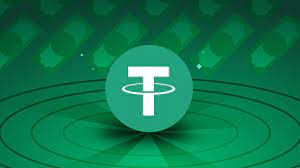
USDT, or Tether, is a stablecoin pegged to the U.S. dollar on a 1:1 basis. In contrast to Bitcoin or Ethereum, whose value fluctuates based on market demand, USDT’s value is designed to be stable. USDT’s company, Tether Limited, mints the type of tokens with the claim that each token is backed by an equal reserve of cash, commercial paper, or bonds. This makes USDT a bridge between traditional finance and digital assets, enabling traders to transfer money in real time between exchanges across the world without the need for banks.
How Does USDT Work?
USDT operates on a hybrid of reserve management and blockchain infrastructure. When investors invest in USDT, it is claimed that Tether Limited holds corresponding U.S. dollar reserves or liquid assets. The token itself is issued on alternative blockchains such as Ethereum (ERC-20), Tron (TRC-20), etc., so it is extremely versatile. In practice, traders use USDT as a proxy dollar: it maintains stable value in market downturns, and it can be used immediately for trading, payments, or remittances.
Benefits of USDT Usage
Price Stability
The greatest advantage of USDT usage is that it is immune to wild volatility. All other cryptos are speculative, but USDT is a digital safe haven. Traders can easily exit risky trades into USDT without first converting to fiat, which is time-consuming and fee-based. The stability has made it the lifeblood of crypto trading, where billions of dollars are traded daily.
Broad Adoption and Liquidity
USDT is the world’s most popular stablecoin, trading with larger daily volumes than Bitcoin itself. It’s traded on nearly every crypto exchange, ranging from Binance to decentralized exchanges. Its liquidity ensures rapid trades with minimal slippage, which makes it invaluable for both institutional traders and retail traders when dealing with volatile markets.
Ease of Conversion to Fiat or Crypto
One of the best things about USDT is that it is a universal settlement layer. USDT can be converted instantly into Bitcoin, Ethereum, or hundreds of altcoins by users. Similarly, straight conversion to fiat currencies like USD or EUR is provided by many exchanges and over-the-counter (OTC) desks. This frictionless movement makes USDT a popular tool for arbitrage as well as cross-border remittances.
Transparency Claims from Tether Limited
Tether Limited claims that all circulating USDT are supported by reserves. Infrequent attestation reports by auditing firms are released to verify these holdings. Despite skepticism about the rigor and transparency of such reports, the firm continues to maintain its peg even under the greatest redemptive stress. Transparency is a contentious but essential aspect of Tether’s credibility.
USDT vs Other Stablecoins
Comparison with USDC, BUSD, DAI, etc.
Stablecoins come in different flavors. USDC and BUSD are regulated and fully audited, offering excellent assurances to institutional investors. DAI is crypto-collateralized and decentralized. USDT is the king of volume and availability, but regulatory attention is less than USDC or BUSD.
Strengths and Weaknesses
USDT’s strength is ubiquity, liquidity, and long-term dominance. Its weakness is outstanding questions regarding reserve adequacy and regulatory pressure. USDC and BUSD provide improved compliance, and DAI provides decentralization. All involve trade-offs, but USDT does it on scale and market penetration.
Which is Safer or More Widely Used
As for adoption, USDT has no competitor. It is supported by nearly all exchanges, decentralized finance (DeFi) protocols, and cross-border payment gateways. But risk-averse investors will opt for USDC because it possesses greater open audits and a compliance system. Ultimately, “safer” hinges on whether one wants transparency or liquidity.
How to Buy and Store USDT
Buying USDT is simple. Most central exchanges like Binance, Kraken, or Coinbase have it listed as an option for buying directly with fiat. Peer-to-peer platforms also provide purchases through local payment methods. Once bought, USDT can be stored in exchange wallets or invested in individual wallets. Software wallets (Trust Wallet, MetaMask) and hardware wallets (Ledger, Trezor) are two of the options.
Security Advice for Storing USDT
Use Hardware Wallets for Large Holdings
For big USDT investments, the safest are hardware wallets like Ledger or Trezor. Hardware wallets store your private keys offline and are inaccessible to hacks or malware. Compared to exchange or software wallets, hardware wallets eliminate most online risks, and they are the safest method for long-term investments.
Enable Two-Factor Authentication on Exchanges
Two-factor authentication (2FA) is a must-have security feature for your account. By requiring both your password and one-time verification code, it keeps you secure even when your credentials have been compromised. Always turn on 2FA on any trading website you use or hold USDT on to provide the maximum level of security to accounts.
Don’t Keep All Assets on Exchanges
Having all your USDT on exchanges leaves you more vulnerable. Exchanges are, indeed, hacked, become insolvent, or have unexpected regulatory action taken against them. Having most of your funds in private wallets keeps the third-party trust to a minimum and prevents exchange catastrophic failure. Dual storage for maximum safety and peace of mind.
Confirm Network Before Transacting
USDT exists on different blockchains, including Ethereum and Tron. Moving tokens to the wrong network typically results in permanent loss. Recheck blockchain type and wallet address before confirming transfers. Taking this easy precaution prevents expensive mistakes and ensures your funds arrive safely.
Frequently Asked Questions (FAQs) About USDT
Is USDT safe to use?
USDT is safe overall and is very popular. There are, however, some worries about the reserve backing of Tether. While it’s maintained the peg for years, the fact that it’s not fully audited does pose some kind of risk.
How is USDT unique compared to Bitcoin?
Bitcoin is a decentralized, limited-supply cryptocurrency and a volatile-valued cryptocurrency. USDT, however, is a dollar-pegged and centralized cryptocurrency. Bitcoin is an investment vehicle, while USDT is largely an exchange medium.
Can USDT unpeg itself from USD?
In extraordinary circumstances, USDT will briefly escape its $1 peg. Tether has, however, re-established the peg quickly with redemptions and arbitrage previously. The peg’s stability depends on market trust in Tether’s reserves.
What is the difference between USDT (ERC-20) and USDT (TRC-20)?
ERC-20 USDT sits on Ethereum, which has strong security but increased fees. TRC-20 USDT sits on Tron, with slower and cheaper transfers. Both are pegged to the dollar equally but vary in the efficiency of their respective networks.
Conclusion
USDT is now the pillar of the digital asset market, addressing the volatility issue that previously constrained the adoption of crypto. Its stability, liquidity, and pervasiveness make it highly desirable to institutions and traders alike. However, transparency issues and regulatory uncertainty persist. With or without USDT, USDC, or DAI, stablecoins have already changed the way value is moved within the digital economy—dissolving the barrier between blockchain tech and traditional finance.
